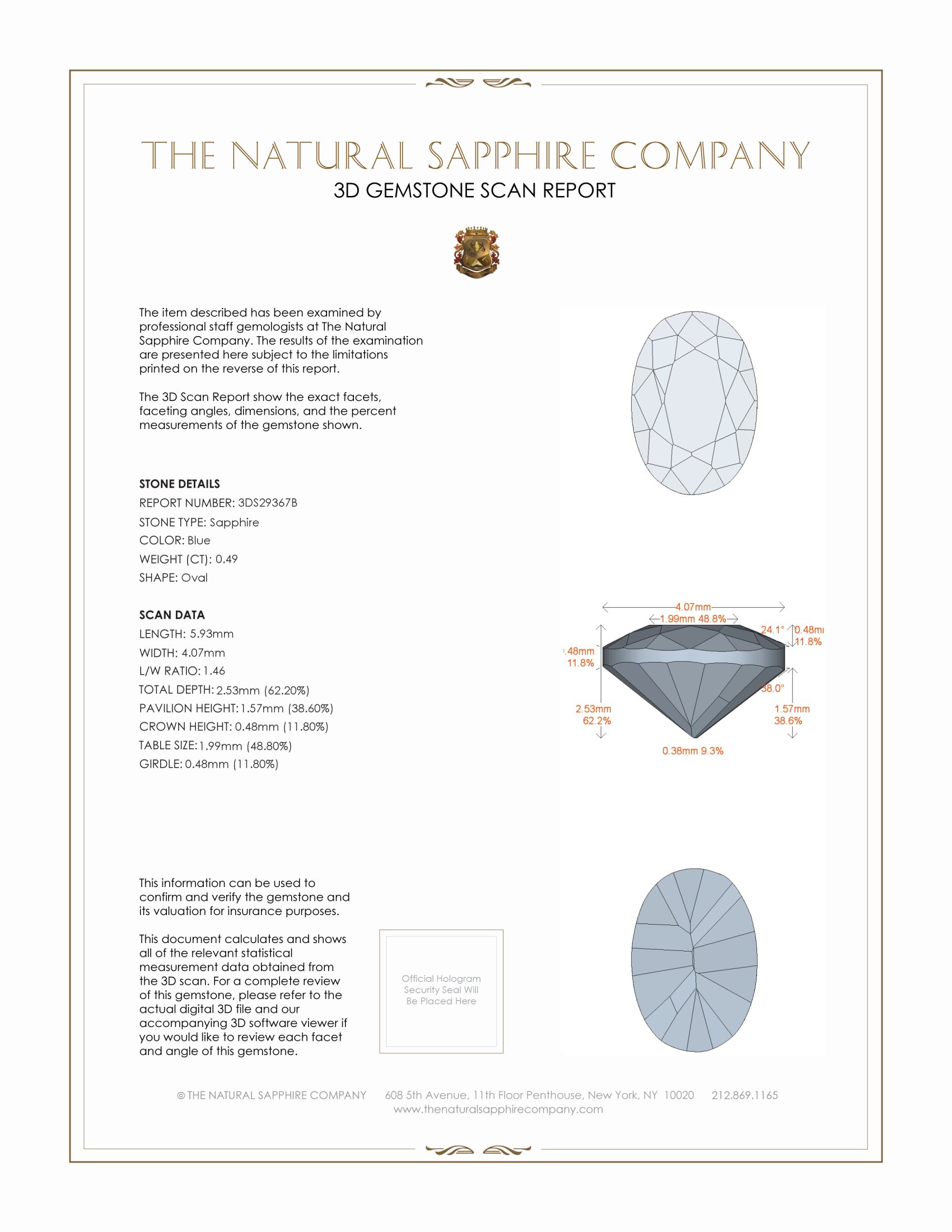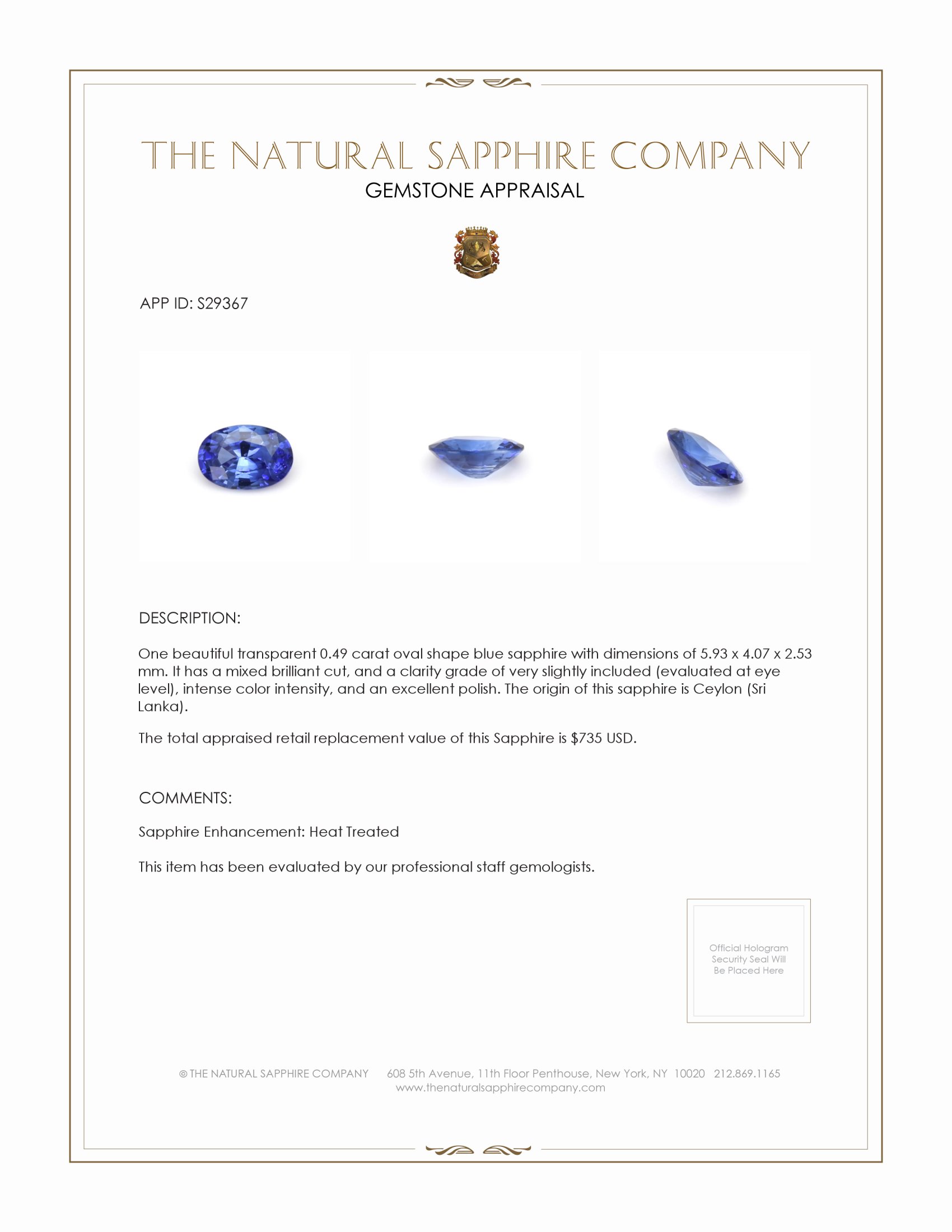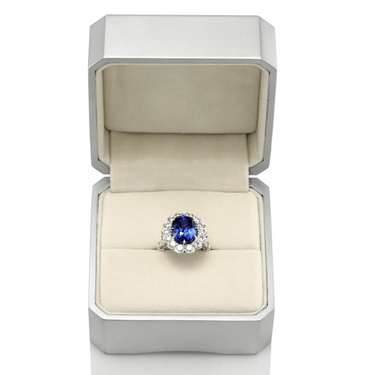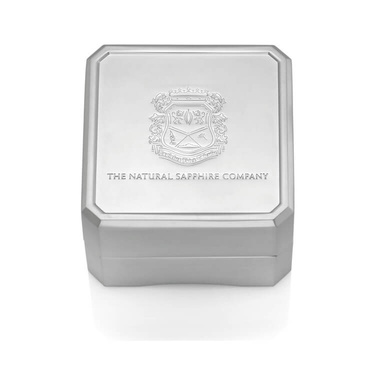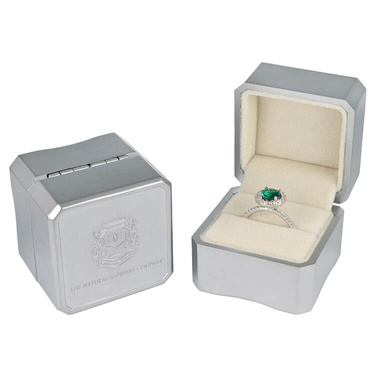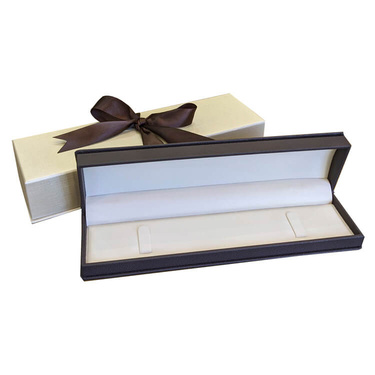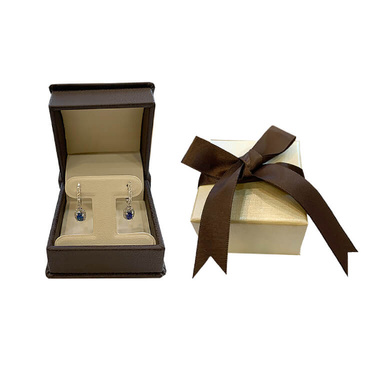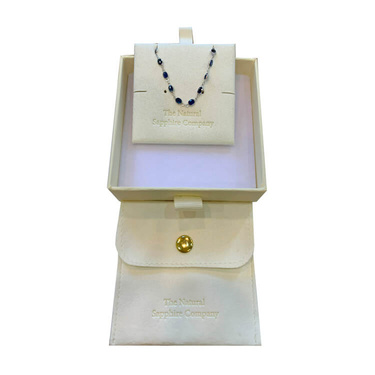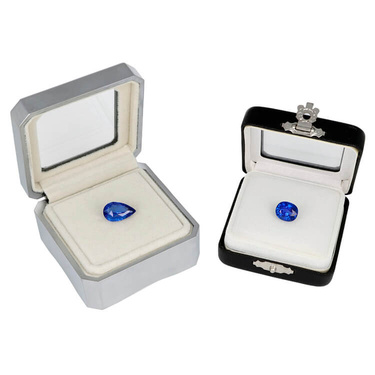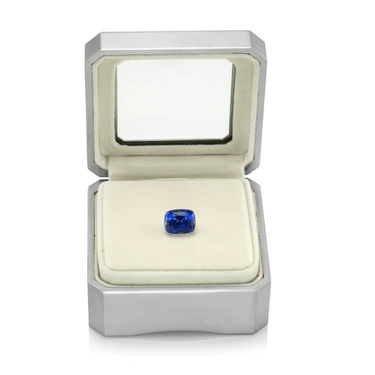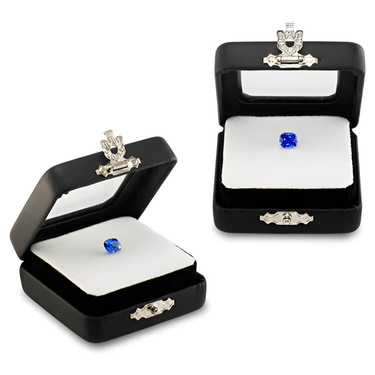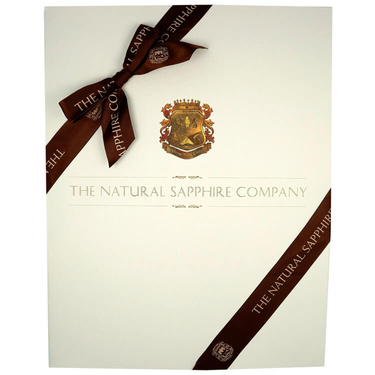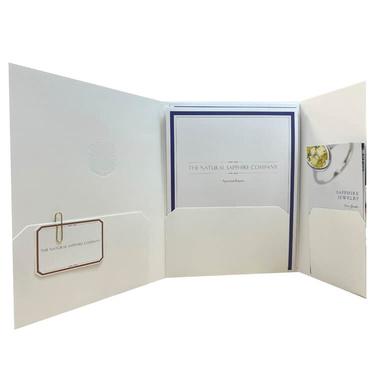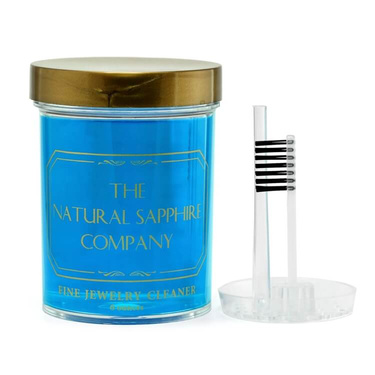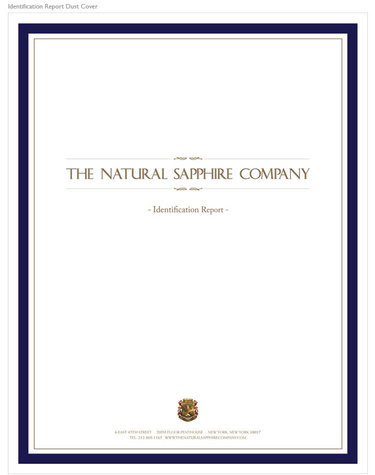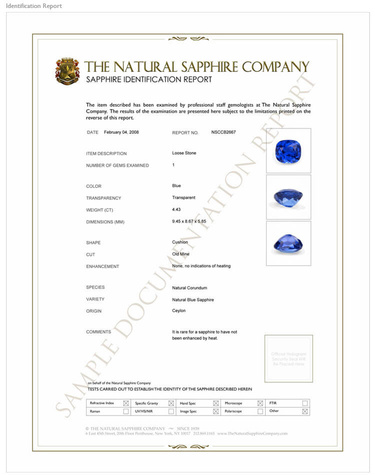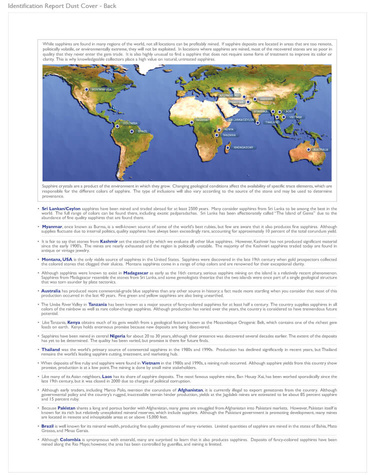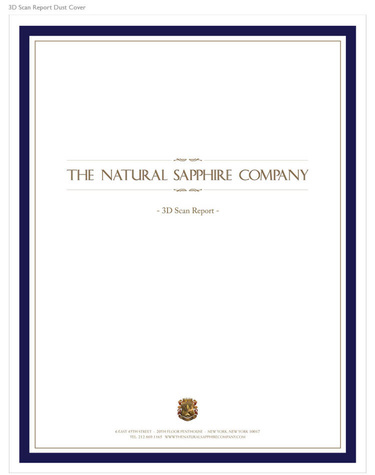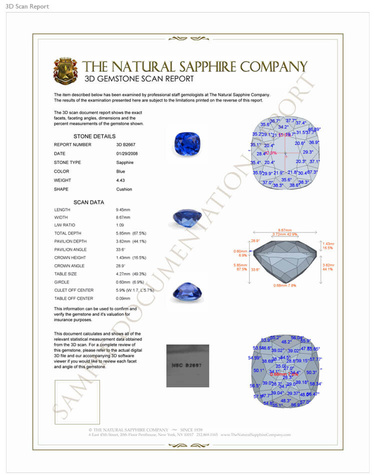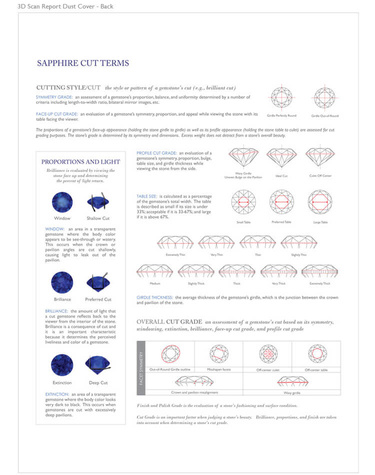- Stone13
- Reports3
-oval-blue-sapphire-0.4900-cts-s29367-1.jpg?d=200x200&v=20250911080156)
-oval-blue-sapphire-0.4900-cts-s29367-1.jpg?d=200x200&v=20250911080156)
-oval-blue-sapphire-0.4900-cts-s29367-lifestyleimage-1.jpg?d=200x200&v=20250912063245)
-oval-blue-sapphire-0.4900-cts-s29367-lifestyleimage-2.jpg?d=200x200&v=20250912063245)
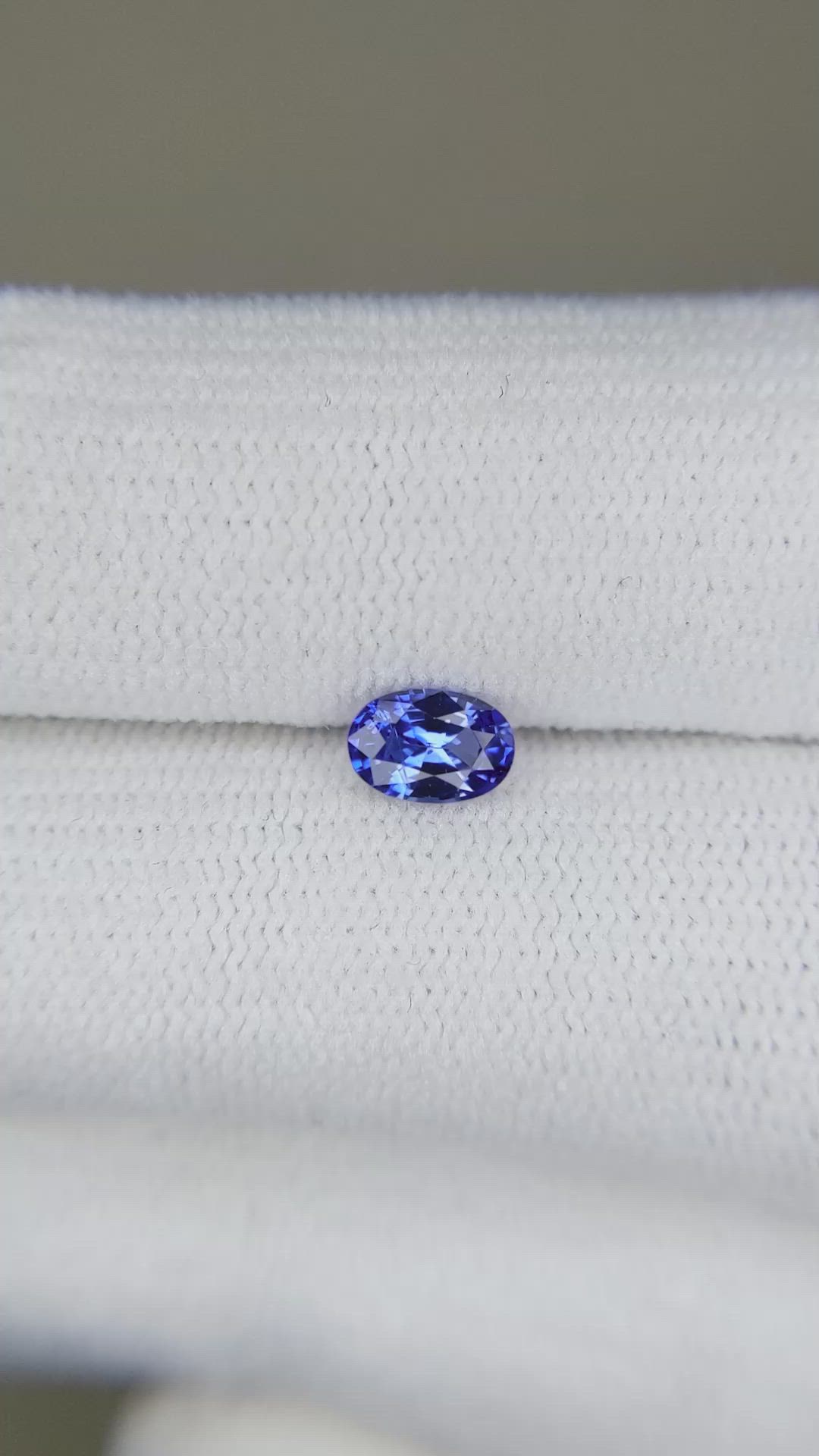
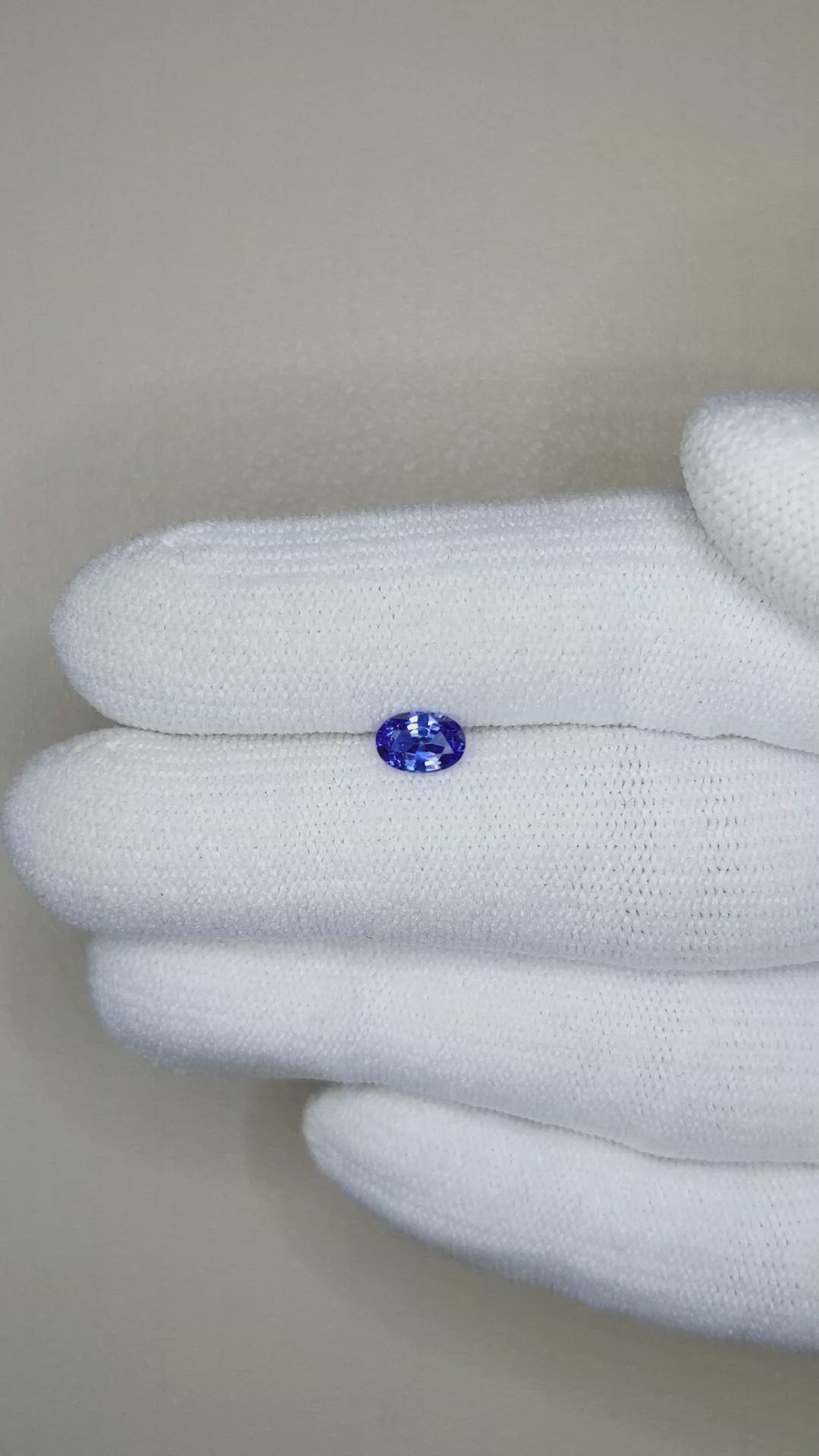
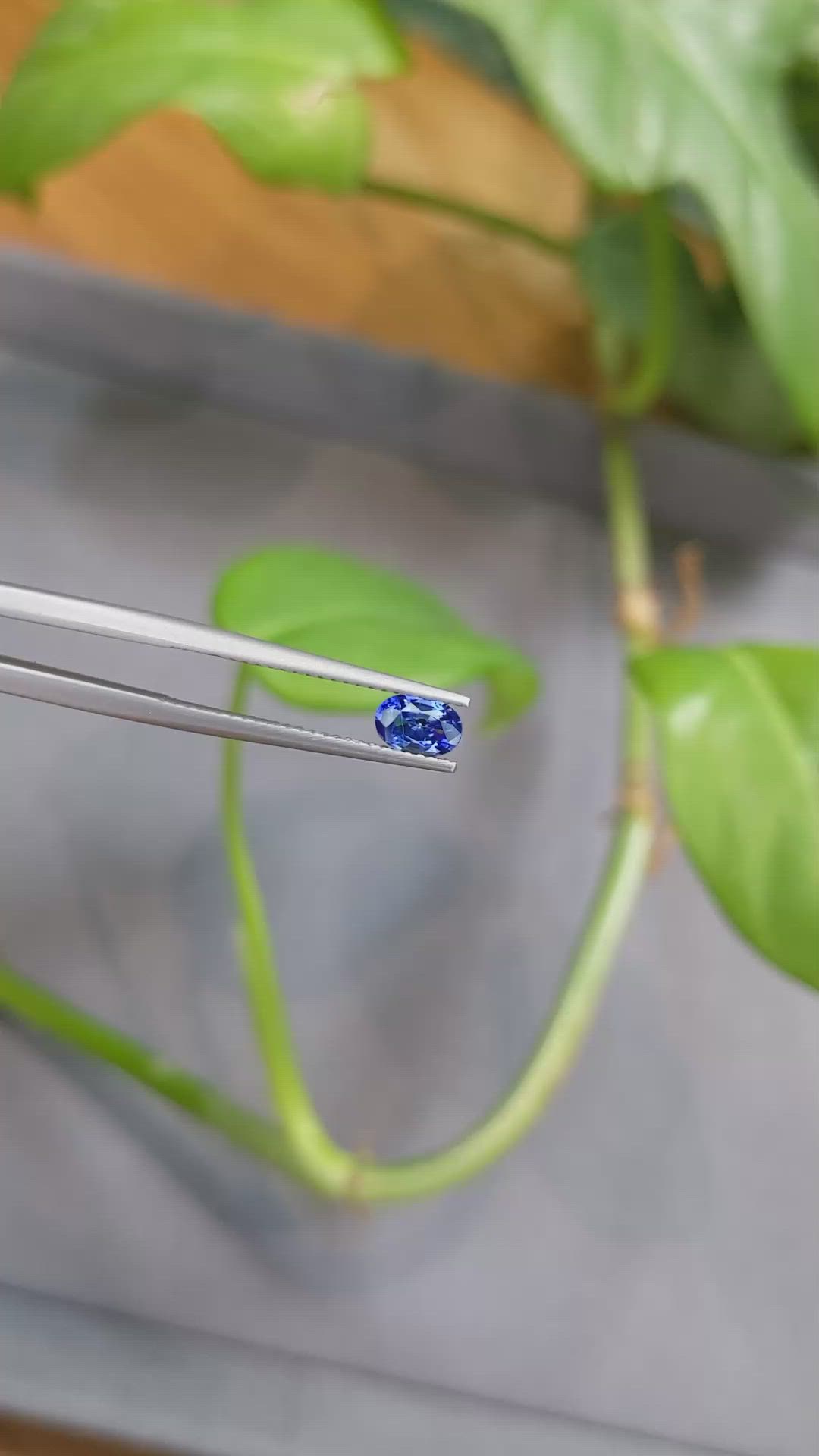
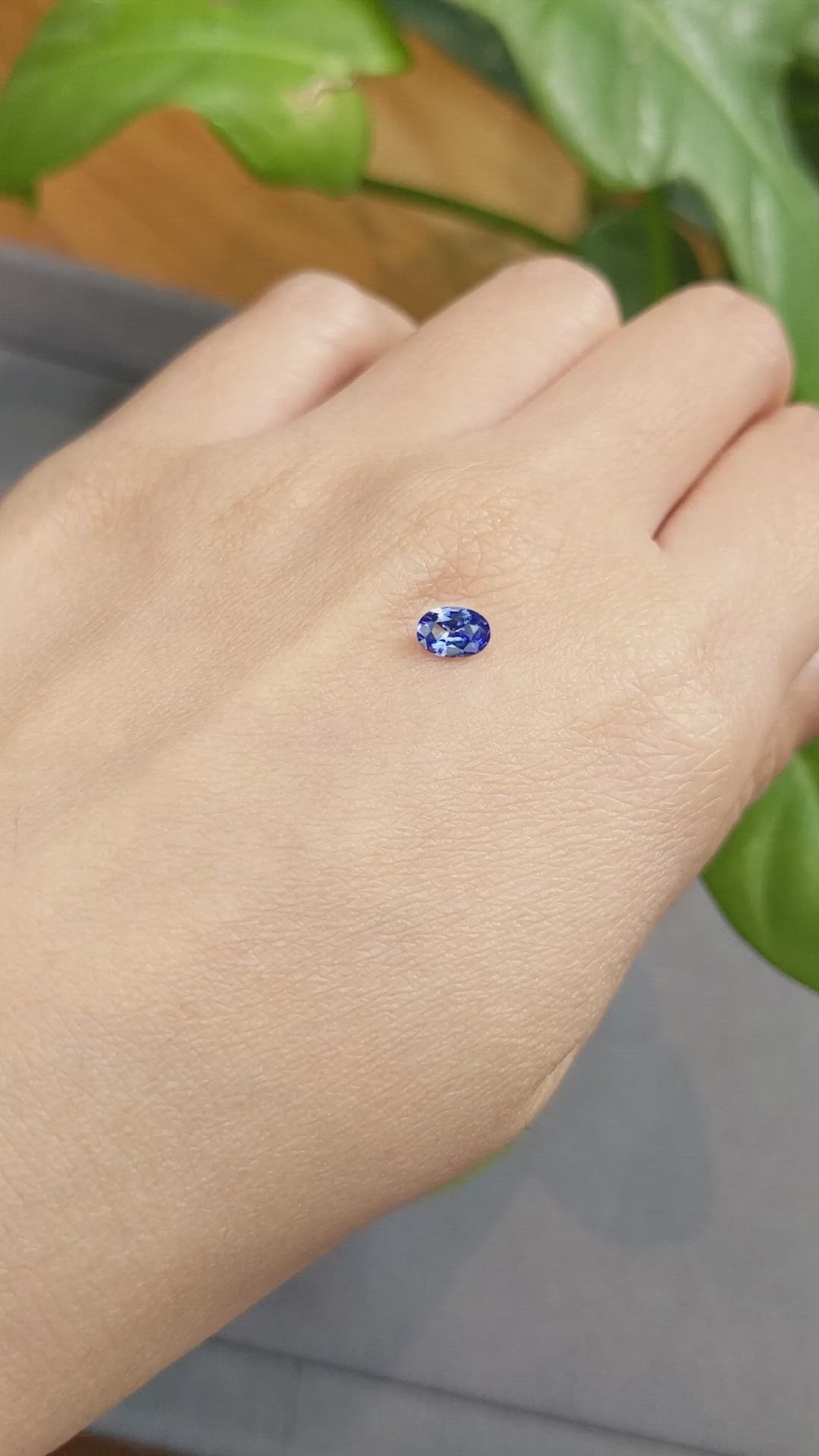
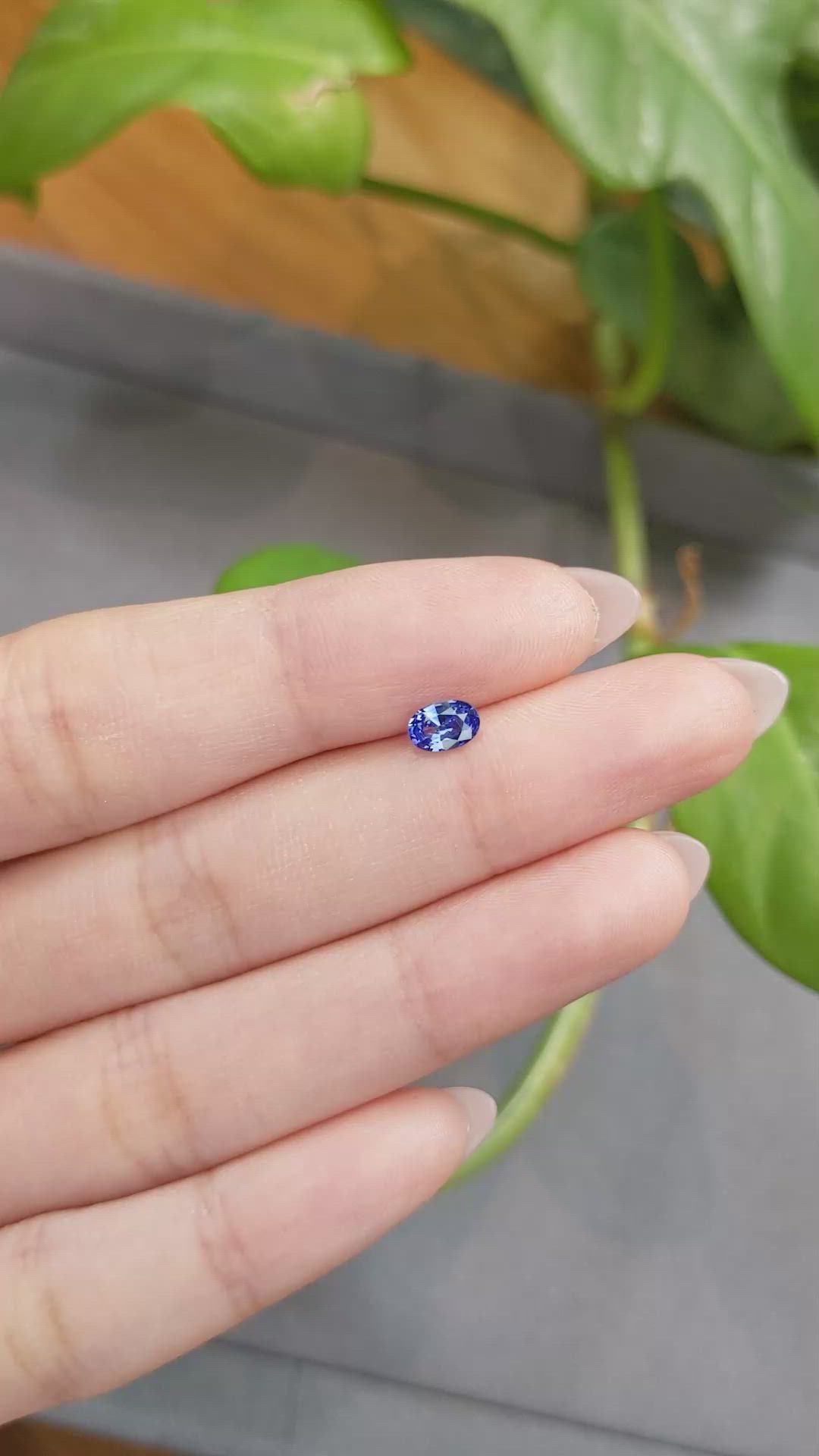

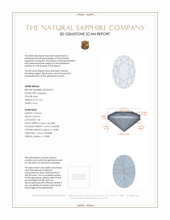
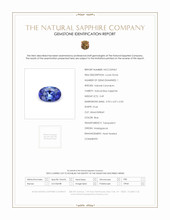
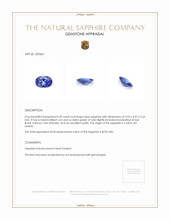
0.49 Ct. Blue Sapphire from Madagascar
This loose stone is available to ship now
Item ID: | S29367 |
|---|---|
Dimensions (MM): help | Length: 5.93 Width: 4.07 Height: 2.53 |
Weight: | 0.49 Ct. |
Color: help | Blue |
Color intensity: help | Intense |
Clarity: help | Very Slightly Included |
Shape: help | Oval |
Cut: | Mixed Brilliant |
Cutting style: | Faceted |
Enhancements: help | Heat Treated |
Origin: help | Madagascar |
Per carat price: help | $1,500 |
This transparent 0.49 carat oval blue sapphire presents precise proportions, with dimensions of 5.93 by 4.07 by 2.53 millimeters, yielding a depth of approximately 50.6 percent and a length to width ratio of about 1.46, which reads as a balanced, slightly elongated oval. The stone is cut in a mixed brilliant style, with a brilliant crown designed to enhance scintillation and a pavilion geometry that favors controlled light return, and it exhibits an excellent polish with crisp facet junctions and sharp facet planes. Clarity is graded as very slightly included when evaluated at the eye level, indicating minor internal features that do not materially interrupt overall transparency or light transmission. The color is given as intense in saturation, and the material has been heat treated, an accepted and stable enhancement technique that deepens blue tone and improves uniformity. The sapphire is of Madagascan origin, a source known for producing blue corundum with clean crystallography and attractive color, and it is presented by The Natural Sapphire Company with an emphasis on the stone as a precision cut natural gem suitable for fine jewelry applications.
The mixed brilliant cut used on this stone is a deliberate compromise between maximizing brilliance and preserving color. The brilliant style crown, with its kite and star facets, creates numerous small light return points that translate to lively scintillation under movement, while the modified pavilion facet arrangement helps control light leakage that can desaturate hue in shallower cuts. In this instance, cutter decisions favored a pavilion depth and facet orientation that retain intense blue saturation while producing a clear, contrast rich pattern on the crown. The excellent polish contributes to strong specular reflection from the larger facet planes, and the tight facet junctions maintain sharp contrast, which is essential for a clean scintillation profile. Because the clarity is very slightly included at the eye level, the internal features that are present sit unobtrusively, often confined to the lower pavilion, and they are not positioned to disrupt the principal light paths that define brilliance and return color to the viewer.
Optically the sapphire displays the expected corundum behavior, with a refractive index that sits in the range typical for blue sapphire, which yields good brilliance and a distinct, glassy vitreous lustre. Corundum exhibits a refractive index of approximately 1.762 to 1.770, and a low birefringence around 0.008, characteristics that translate to steady light return without the strong polarization effects seen in higher birefringent species. When compared to other gems often considered in the same buying category, the sapphire presents a different balance of attributes. Against spinel, which has a lower refractive index and typically a softer brilliance, this sapphire will show stronger facet contrast and a greater impression of depth. Against tanzanite, which is strongly pleochroic and shows pronounced color change depending on orientation, the sapphire offers more uniform color across viewing angles and more predictable performance once set. Against ruby, which is the red variety of corundum, optical reflectivity is essentially comparable because they share the same crystal structure and refractive properties, with differences driven by color saturation and inclusion types. Against diamond the sapphire will not exhibit the same high dispersion or fire, because diamond has a much higher refractive index and dispersion value, however the sapphire compensates with a deep, saturated body color and durable hardness, making it a practical and visually potent choice for everyday wear.
From a practical and design perspective this 0.49 carat Madagascan sapphire is well suited to both solitaire and halo interpretations, and its geometry favors settings that allow light to enter and exit through the crown, such as four prongs set slightly above the girdle or a low bezel with generous crown exposure. The excellent polish and mixed brilliant cut make this stone responsive to movement, producing lively scintillation even at a modest carat weight, and the very slightly included clarity grade supports close visual cleanliness while maintaining a natural character. Heat treatment is industry standard for enhancing blue corundum, and when disclosed it represents a stable adjustment to color that does not compromise integrity. The Natural Sapphire Company presents this gem with full disclosure of origin and enhancement, and we recommend microscopy examination for buyers who wish to see inclusion type and distribution, and a mounted evaluation to confirm visual performance in the chosen mounting. For care, avoid prolonged exposure to extreme heat and harsh chemical cleaners, and use warm soapy water with a soft brush for routine cleaning, which preserves both polish and color saturation over time.

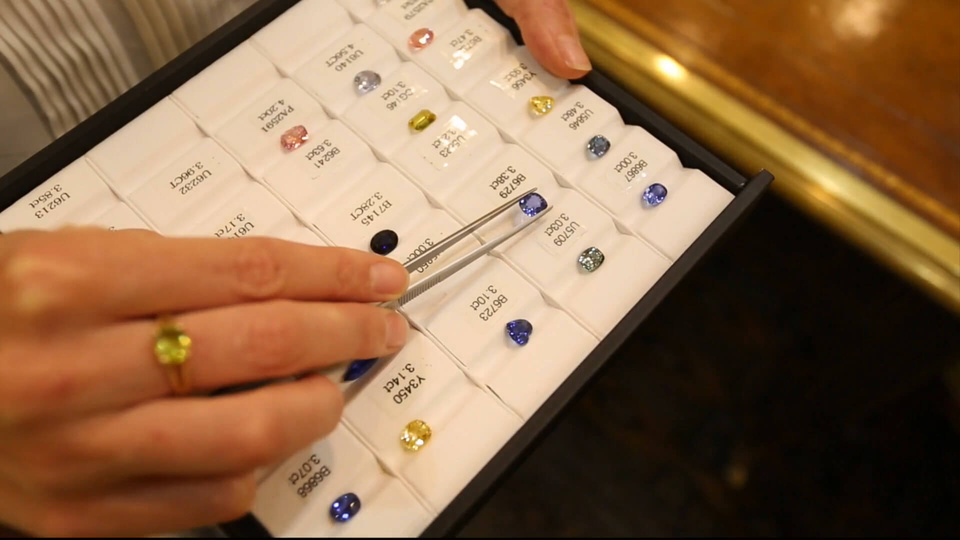

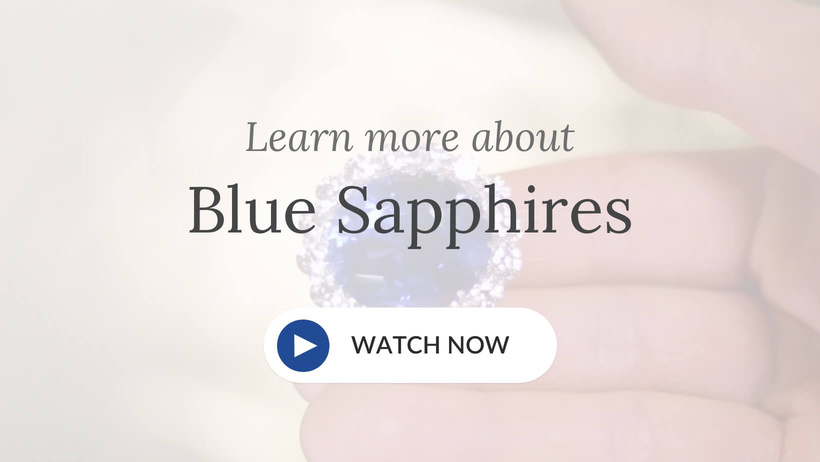

-oval-blue-sapphire-0.4900-cts-s29367-1.jpg?d=750x750&s=nsc&v=20250911080156)
-oval-blue-sapphire-0.4900-cts-s29367-lifestyleimage-1.jpg?d=750x750&s=nsc&v=20250912063245)
-oval-blue-sapphire-0.4900-cts-s29367-lifestyleimage-2.jpg?d=750x750&s=nsc&v=20250912063245)

